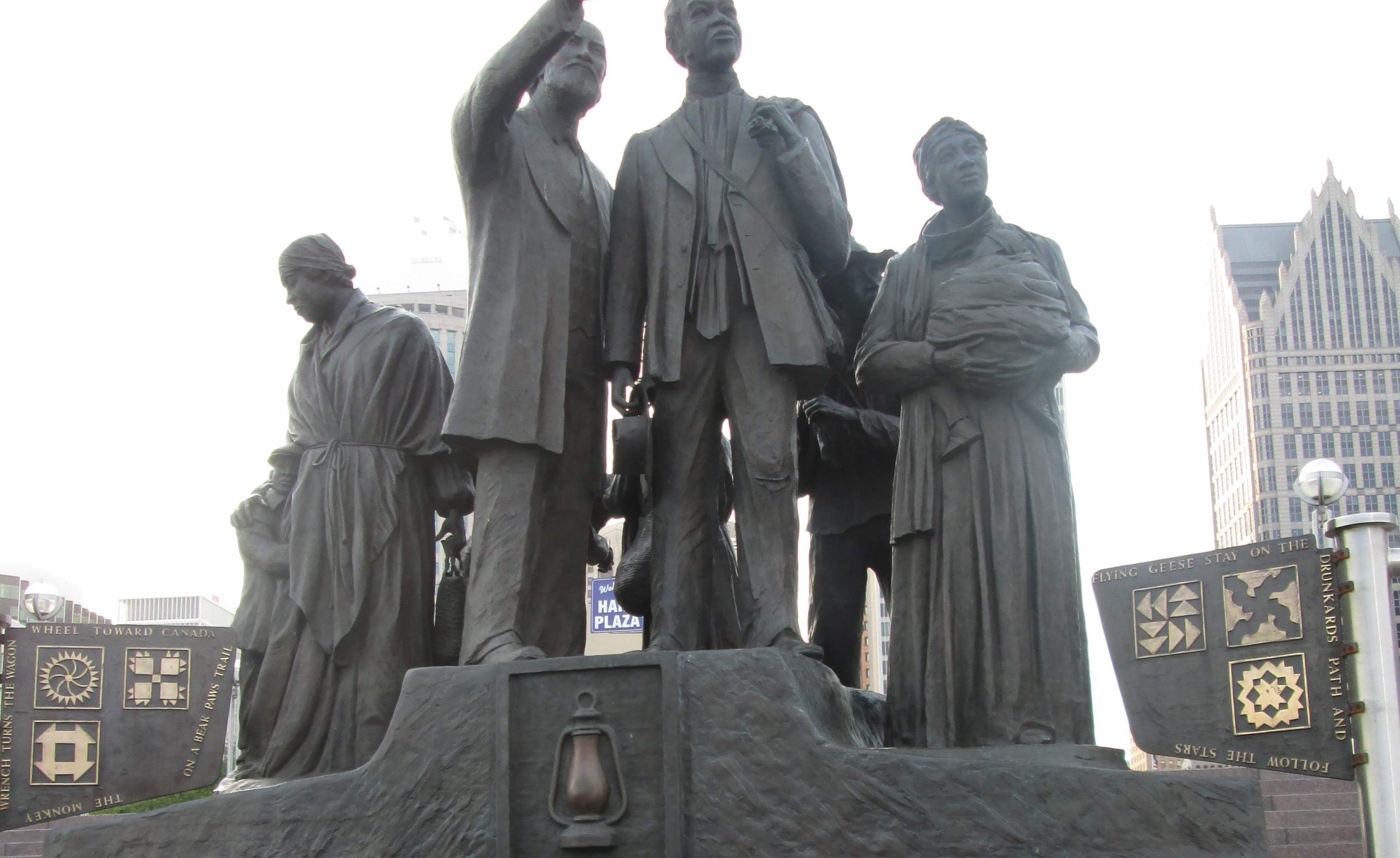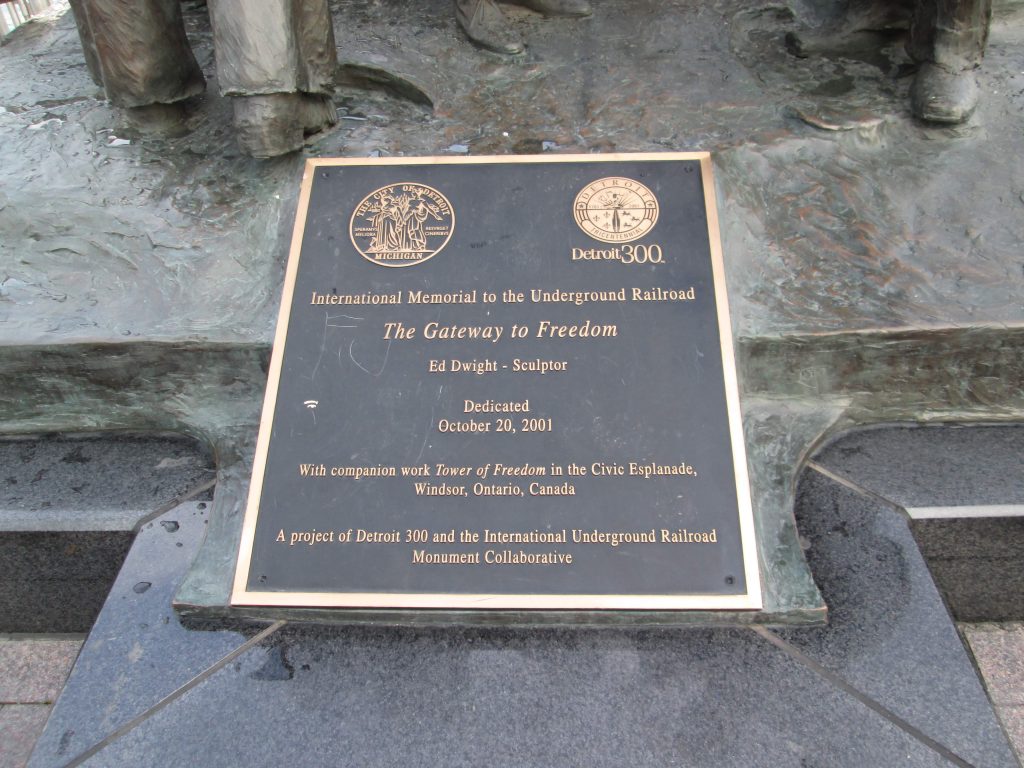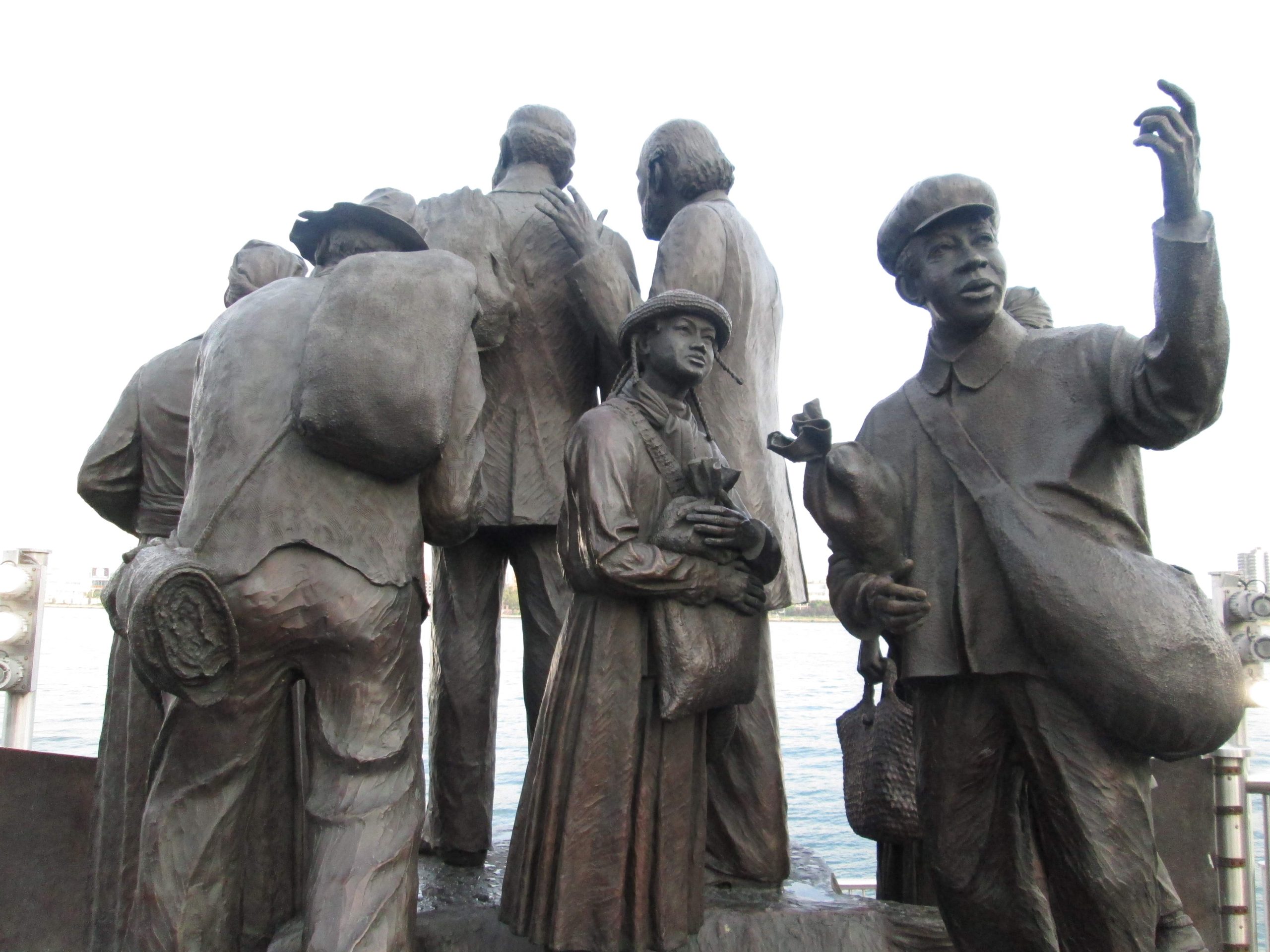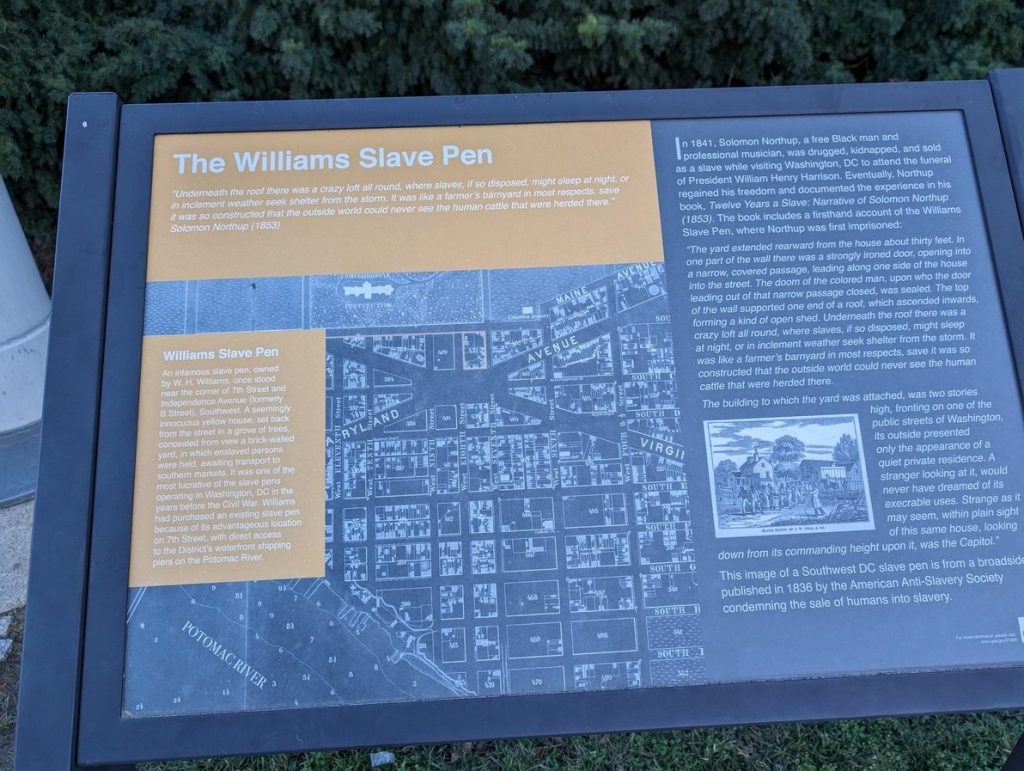Juneteenth, also known as Freedom Day, is an important cultural and historical event in the United States, commemorating the emancipation of enslaved African Americans. As we reflect on this day, it’s crucial to explore its significance beyond American borders, particularly within the Canadian context and the broader British Empire. This article aims to provide high-earning Canadian federal employees with a deeper understanding of Juneteenth and its relevance to our nation’s history and current societal issues.
Historical Background of Juneteenth
Juneteenth marks June 19, 1865, when Union soldiers arrived in Galveston, Texas, to announce the end of the Civil War and the abolition of slavery, two and a half years after the Emancipation Proclamation. This day symbolizes the end of a dark chapter in American history and the beginning of the long and ongoing struggle for civil rights and equality for African Americans.
Canada’s Relationship with Slavery
While Juneteenth is rooted in American history, Canada, too, has its own complex relationship with slavery. Slavery existed in Canada under both French and British rule, though on a smaller scale compared to the United States. The British Empire, which included Canada, abolished slavery in 1834 with the Slavery Abolition Act. However, the legacy of slavery and systemic racism continued to affect Black Canadians.
The Underground Railroad, a network aiding enslaved African Americans escaping to freedom, is a significant part of Canadian history. Canada was perceived as a land of freedom, yet Black Canadians still faced segregation, discrimination, and limited opportunities. This duality reflects the challenges in addressing the lingering impacts of slavery and racism.
Erasure of Black History
The struggle for Black emancipation and recognition is not only about achieving freedom but also about preserving history. In the United States, there has been a tendency to erase or minimize Black people’s contributions and struggles. This erasure extends to school curriculums, public monuments, and collective memory.
The British Empire, too, has a legacy of downplaying its colonial past, including the exploitation and oppression of Black people. The British project of shaping history often omitted the brutal realities of slavery and colonialism, creating a sanitized version of history.
In Canada, similar patterns of erasure exist. Despite the significant contributions of Black Canadians, their history is often marginalized. For instance, the history of Black Loyalists and their contributions to Canadian society is not widely known. Recognizing Juneteenth can help correct these historical oversights by honoring the resilience and achievements of Black communities.
Juneteenth in a Canadian Context
For Canadians, Juneteenth serves as a reminder of the shared history of slavery and the ongoing fight against systemic racism. Although Canada prides itself on being a multicultural and inclusive society, racial disparities persist. The experiences of Black Canadians, while distinct from those of African Americans, are shaped by similar patterns of marginalization and inequality.
Recognizing Juneteenth in Canada encourages reflection on our own history and the need to address current racial issues. It highlights the importance of understanding systemic racism’s roots and its pervasive influence on various aspects of society, including education, employment, and law enforcement.
Monuments and Legacy
Canada honors the history of freed slaves through several monuments and memorials:
- Uncle Tom’s Cabin Historic Site in Dresden, Ontario, commemorates the life of Josiah Henson, a former slave who escaped to Canada.
- Buxton National Historic Site and Museum, also in Ontario, celebrates the legacy of one of the largest settlements of Black refugees.
- Amherstburg Freedom Museum in Ontario preserves the history of African Canadians who fled slavery via the Underground Railroad.
- Africville Heritage Trust in Halifax, Nova Scotia, commemorates a Black community displaced in the 1960s.
For further exploration of the treatment of escaped slaves in Canada read and watch this article Canada was not the safe haven from slavery we were taught about | CBC Documentaries
The accomplishments of escaped slaves who settled in Canada are numerous. For instance, Mary Ann Shadd Cary became the first Black woman publisher in North America. Richard Pierpoint, a former slave, fought in the War of 1812 and helped establish the Black community in Ontario.
Lessons for Canadian Federal Employees
High-earning federal employees in Canada hold influential positions that can drive meaningful change. Recognizing and commemorating Juneteenth is a step towards acknowledging the historical and contemporary struggles of Black Canadians. It is an opportunity to foster a more inclusive and equitable workplace and society.
Federal employees can play a pivotal role in promoting diversity and inclusion by:
- Education and Awareness: Encourage learning about the history of slavery, Juneteenth, and systemic racism in Canada. Host workshops, discussions, and training sessions to educate employees on these issues.
- Policy and Advocacy: Advocate for policies that address racial disparities within the federal government and beyond. Support initiatives that promote equal opportunities and combat discrimination.
- Community Engagement: Engage with Black communities and organizations to understand their experiences and needs. Support programs that uplift marginalized communities and provide resources for their development.
Conclusion
Juneteenth is not just an American holiday; it is a poignant reminder of the global struggle for freedom and equality. For Canadians, especially those in positions of influence, it is a call to action to address the historical and ongoing injustices faced by Black communities. By recognizing Juneteenth, we take a step towards a more inclusive Canada, where every individual, regardless of race, can thrive. High-earning federal employees have a unique responsibility to lead by example, fostering a workplace and society that values and promotes diversity, equity, and inclusion.
Some photos from my personal travels. The gateway to freedom monument on the Detroit waterfront. And a small plaque I found across from the Smithsonian Air and Space Museum in Washington DC.





